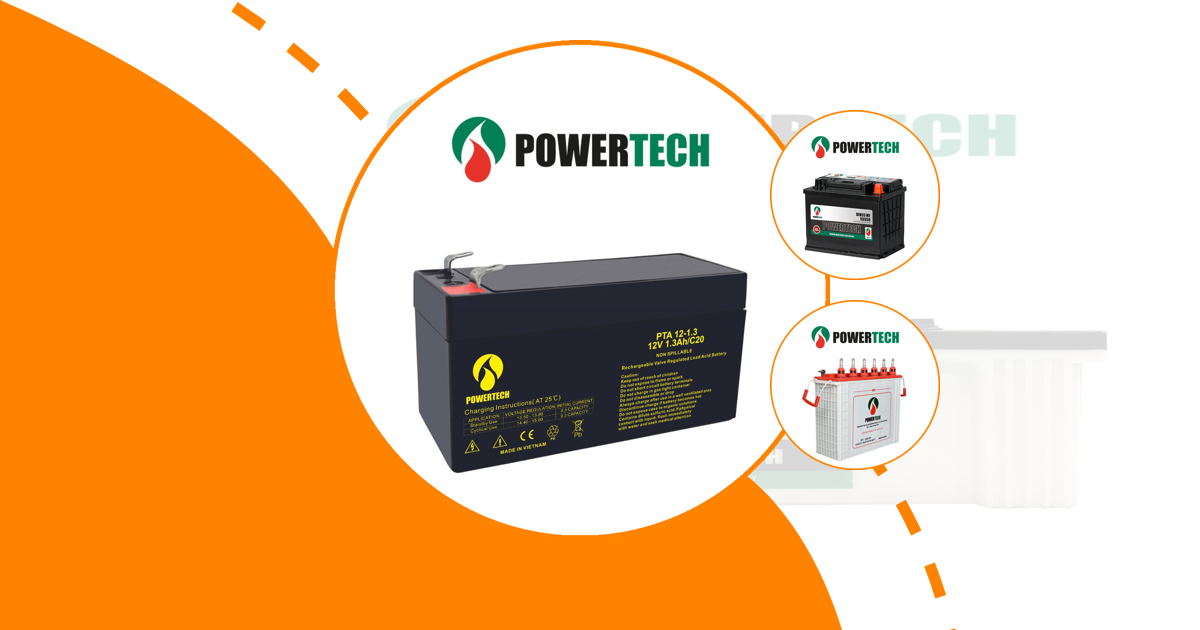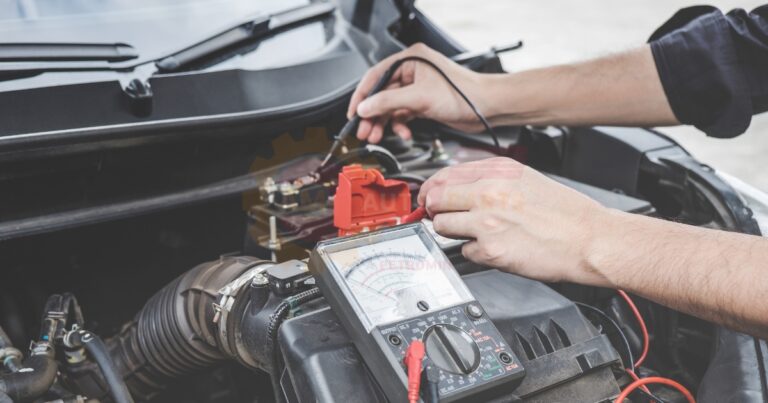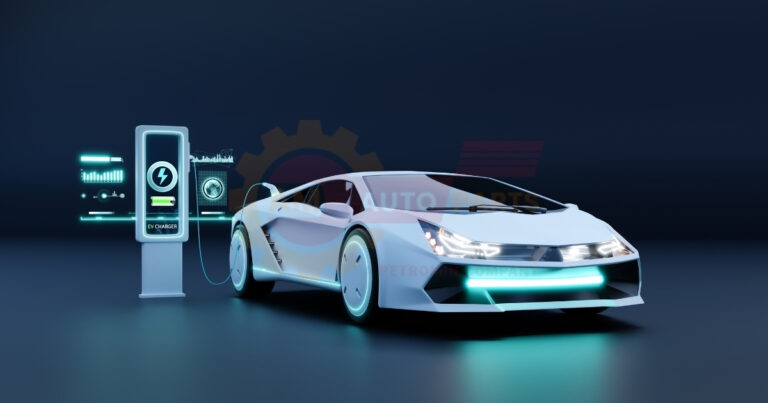Electric vehicles (EVs) are revolutionizing the way we think about transportation. However, understanding the intricacies of electric vehicle battery charging limits, EV charging limits, and charging stations is crucial for maximizing the efficiency and lifespan of your EV. This comprehensive guide will walk you through the essentials of safely charging your electric vehicle within safe limits.
What Are EV Battery Charging Limits?
The 80% Rule for EV Charging
The 80% rule is a widely recommended practice for EV owners. Charging your electric vehicle battery to 80% rather than 100% can significantly extend its lifespan. This is because lithium-ion batteries, which are commonly used in EVs, experience less stress when not fully charged. By adhering to this rule, you can ensure that your battery remains healthy for a longer period.
- Charging to 80% reduces battery degradation.
- It helps maintain optimal battery performance.
- This practice is especially beneficial for daily commutes.
Factors Affecting Charging Speed
Several factors can influence how quickly your EV charges. These include the type of charger used, the battery’s current state of charge, and environmental conditions. Fast chargers can significantly reduce charging time, but they may also contribute to faster battery wear if used frequently.
- Charger type: Level 1, Level 2, and DC fast chargers.
- Battery state: Lower charge levels charge faster.
- Environmental factors: Temperature and humidity can impact charging speed.
Battery Management Systems and Charging Limits
Battery management systems (BMS) play a crucial role in maintaining the health of your EV battery. They monitor and regulate the charging process to prevent overcharging and overheating. A well-functioning BMS ensures that your battery operates within safe limits, enhancing its longevity.
- BMS prevents overcharging and overheating.
- It optimizes charging efficiency.
- Regular BMS updates can improve battery performance.
Maximizing EV Battery Life Through Proper Charging
Optimal Charging Practices
To maximize your EV battery’s life, it’s essential to adopt optimal charging practices. This includes avoiding frequent fast charging and maintaining a regular charging schedule. Consistent charging habits can help preserve battery health and performance.
- Avoid frequent fast charging.
- Maintain a regular charging schedule.
- Charge during off-peak hours to reduce costs.
Impact of Fast Charging on Battery Longevity
While fast charging is convenient, it can negatively impact battery longevity if used excessively. The high current levels involved in fast charging can cause the battery to heat up, leading to increased wear and tear over time.
- Fast charging can increase battery temperature.
- It may lead to faster battery degradation.
- Use fast charging sparingly to extend battery life.
Temperature Considerations for EV Charging
Temperature plays a significant role in the charging process. Extreme temperatures, whether hot or cold, can affect the efficiency and safety of charging. It’s important to charge your EV in moderate temperatures to ensure optimal performance.
- Avoid charging in extreme temperatures.
- Moderate temperatures enhance charging efficiency.
- Use climate control features to maintain battery temperature.
EV Charging Infrastructure and Limitations
Types of EV Charging Stations
There are various types of EV charging stations available, each with different charging speeds and capabilities. Understanding these options can help you choose the right one for your needs.
- Level 1 chargers: Standard household outlets.
- Level 2 chargers: Faster charging for home and public use.
- DC fast chargers: Quickest option for long-distance travel.
Grid Capacity and Charging Station Deployment
The deployment of charging stations is closely tied to grid capacity. As the demand for EVs grows, so does the need for a robust charging infrastructure. Ensuring that the grid can support widespread EV adoption is crucial for the future of electric transportation.
- Grid upgrades are necessary for widespread EV adoption.
- Strategic placement of charging stations is essential.
- Collaboration between utilities and governments is key.
Overcoming Barriers to Commercial EV Charger Installation
Installing commercial EV chargers can be challenging due to regulatory, financial, and logistical barriers. Overcoming these obstacles is essential for expanding the charging network and supporting the growing number of EVs on the road.
- Regulatory hurdles can delay installation.
- Financial incentives can encourage investment.
- Streamlined permitting processes can accelerate deployment.
Advancements in EV Charging Technology
Wireless Charging for Electric Vehicles
Wireless charging is an emerging technology that offers convenience and efficiency. By eliminating the need for physical connectors, it simplifies the charging process and reduces wear on charging ports.
- Wireless charging offers convenience and ease of use.
- It reduces wear on charging connectors.
- Ongoing research aims to improve efficiency and range.
Ultra-Fast Charging Innovations
Ultra-fast charging technology is rapidly advancing, promising to reduce charging times significantly. These innovations aim to make EV charging as quick and convenient as refueling a traditional vehicle.
- Ultra-fast chargers can charge an EV in minutes.
- They require advanced cooling systems to manage heat.
- Infrastructure upgrades are necessary to support these chargers.
Vehicle-to-Grid (V2G) Technology
Vehicle-to-Grid (V2G) technology allows EVs to return energy to the grid, providing a valuable resource for balancing energy demand. This technology can enhance grid stability and offer financial incentives to EV owners.
- V2G technology supports grid stability.
- It offers potential financial benefits for EV owners.
- Integration with renewable energy sources is possible.
EV Charging Etiquette and Best Practices
Charging Station Courtesy
Practicing good charging station etiquette ensures a positive experience for all EV users. This includes not occupying a charging spot longer than necessary and being mindful of others waiting to charge.
- Move your vehicle once charging is complete.
- Avoid unplugging other vehicles without permission.
- Report any issues with charging stations promptly.
Planning for Long-Distance EV Travel
Long-distance travel in an EV requires careful planning to ensure access to charging stations along the route. Mapping out charging stops in advance can prevent range anxiety and ensure a smooth journey.
- Plan charging stops along your route.
- Use apps to locate charging stations.
- Allow extra time for charging during long trips.
Home Charging vs. Public Charging Stations
Home charging offers convenience and cost savings, while public charging stations provide flexibility for longer trips. Understanding the benefits and limitations of each option can help you make informed decisions.
- Home charging is convenient and cost-effective.
- Public stations offer flexibility for long-distance travel.
- Consider installing a Level 2 charger at home for faster charging.
Future of EV Charging and Battery Technology
Solid-State Batteries and Their Potential
Solid-state batteries are a promising advancement in EV technology. They offer higher energy density, faster charging times, and improved safety compared to traditional lithium-ion batteries.
- Solid-state batteries have higher energy density.
- They offer faster charging and improved safety.
- Research is ongoing to make them commercially viable.
Integration of Renewable Energy in EV Charging
Integrating renewable energy sources into EV charging can reduce carbon emissions and promote sustainability. Solar and wind power can be harnessed to provide clean energy for charging stations.
- Renewable energy reduces carbon emissions.
- Solar and wind power can be used for charging.
- Government incentives can support renewable integration.
Smart Charging and Load Management
Smart charging technology optimizes energy use by adjusting charging times based on grid demand. This can reduce costs and prevent grid overload, making EV charging more efficient and sustainable.
- Smart charging optimizes energy use.
- It reduces costs and prevents grid overload.
- Load management ensures efficient energy distribution.
Economic Impacts of EV Charging Infrastructure
Cost Comparison: Home Charging vs. Public Charging
The cost of charging an EV can vary significantly between home and public charging stations. Home charging is generally more cost-effective, while public stations may charge higher rates for convenience.
Charging Type | Cost | Convenience |
Home Charging | Lower | High |
Public Charging | Higher | Variable |
Government Incentives for EV Charging Station Installation
Governments worldwide are offering incentives to encourage the installation of EV charging stations. These incentives can include tax credits, grants, and subsidies to offset installation costs.
- Tax credits and grants are available.
- Subsidies can reduce installation costs.
- Incentives promote widespread charging infrastructure.
Job Creation in the EV Charging Industry
The expansion of EV charging infrastructure is creating new job opportunities in various sectors. From installation and maintenance to research and development, the industry is poised for significant growth.
- Installation and maintenance jobs are increasing.
- Research and development opportunities are expanding.
- The industry supports economic growth and innovation.
Environmental Benefits of Optimized EV Charging
Reducing Carbon Emissions Through Smart Charging
Smart charging can significantly reduce carbon emissions by optimizing energy use and integrating renewable sources. This contributes to a cleaner environment and supports global sustainability goals.
- Smart charging reduces carbon emissions.
- It supports the use of renewable energy.
- Environmental benefits align with sustainability goals.
Recycling and Second-Life Applications for EV Batteries
Recycling EV batteries and repurposing them for second-life applications can minimize waste and environmental impact. These practices contribute to a circular economy and promote resource conservation.
- Battery recycling reduces waste.
- Second-life applications extend battery utility.
- Circular economy practices promote sustainability.
Sustainable Materials in EV Battery Production
The use of sustainable materials in EV battery production can reduce environmental impact and promote ethical sourcing. This includes using recycled materials and minimizing the use of rare earth elements.
- Sustainable materials reduce environmental impact.
- Recycled materials promote resource conservation.
- Ethical sourcing supports responsible production practices.
By understanding and implementing these practices, EV owners can ensure that their vehicles are charged safely and efficiently, contributing to a sustainable future for all.
FAQs
What is the ideal charging percentage for an electric vehicle?
The ideal charging percentage for an electric vehicle is typically between 20% and 80%. Charging within this range helps maintain battery health and longevity. It reduces the stress on the battery, preventing premature degradation and ensuring optimal performance over time.
How long does it take to fully charge an electric vehicle?
The time it takes to fully charge an electric vehicle depends on the charger type and battery capacity. Level 1 chargers can take up to 24 hours, while Level 2 chargers typically take 4-8 hours. DC fast chargers can charge an EV to 80% in about 30 minutes, making them ideal for quick stops.
Can frequent fast charging damage an EV battery?
Frequent fast charging can potentially damage an EV battery over time. The high current levels involved can increase battery temperature, leading to accelerated wear and reduced lifespan. It’s advisable to use fast charging sparingly and rely on slower charging methods for regular use.






